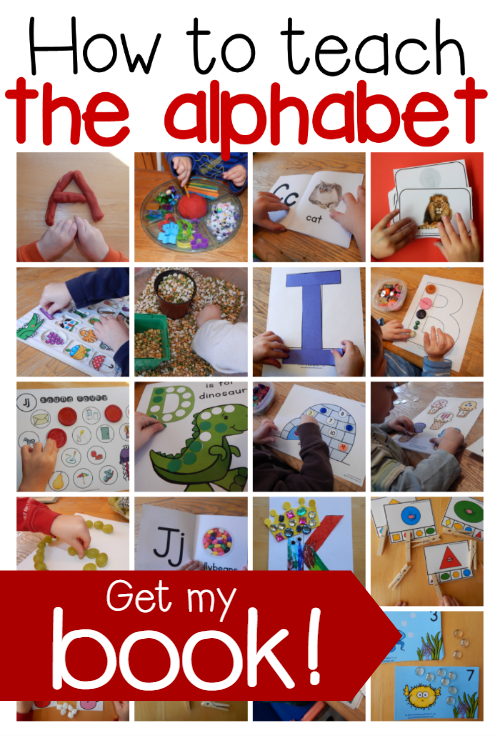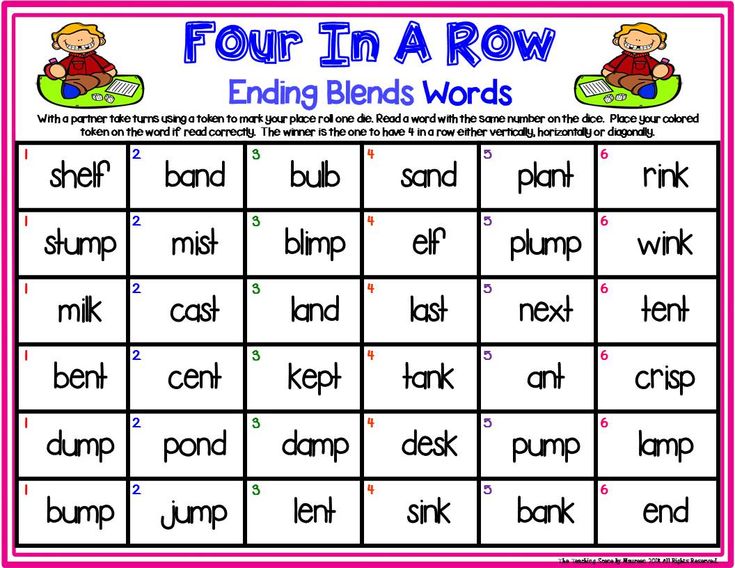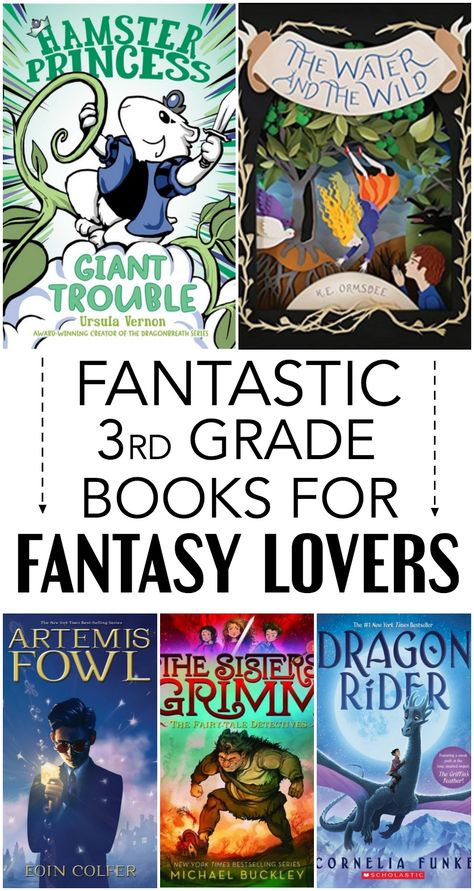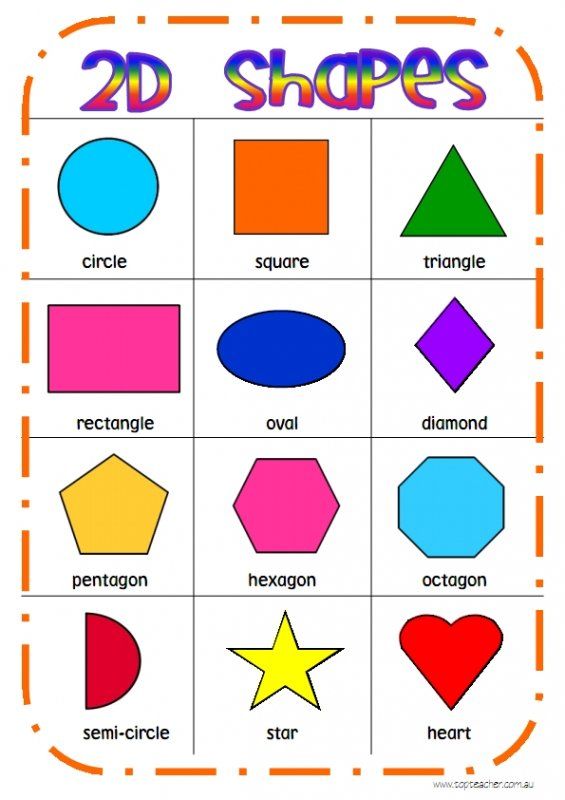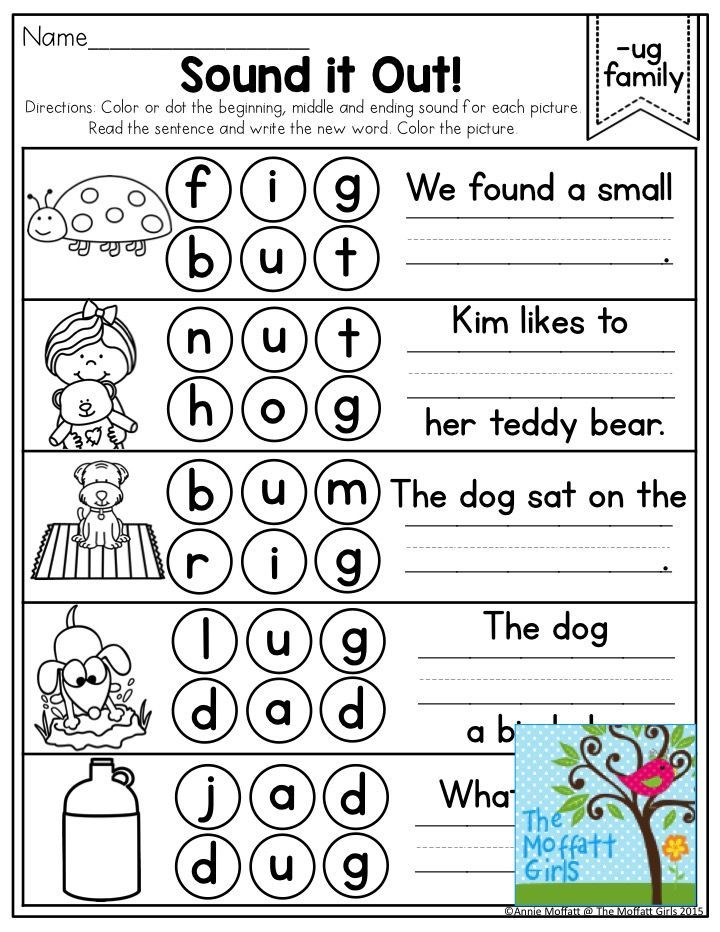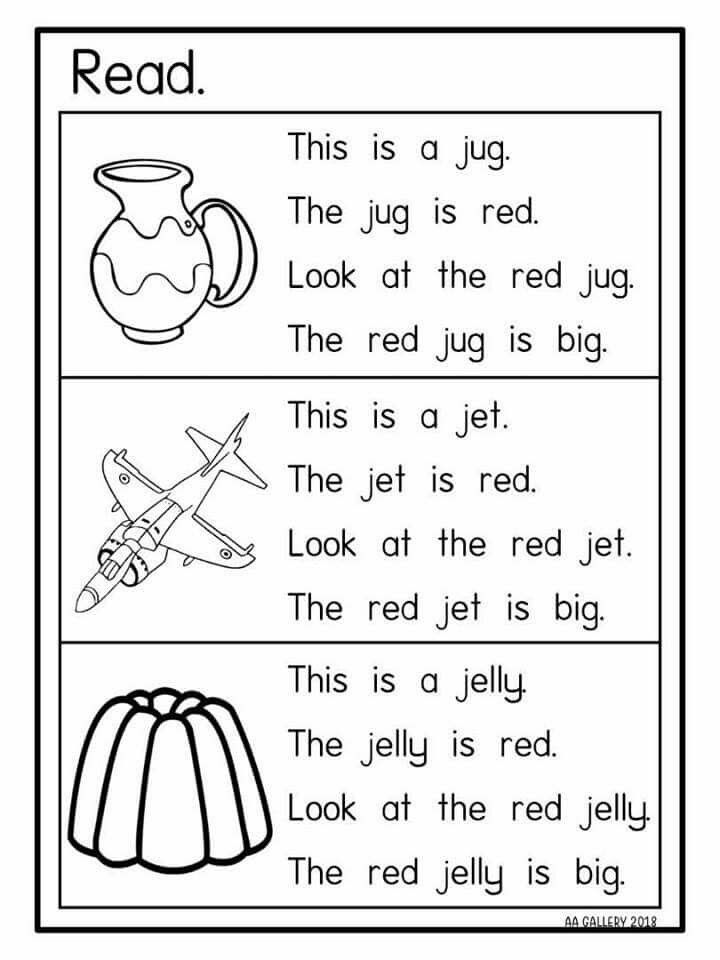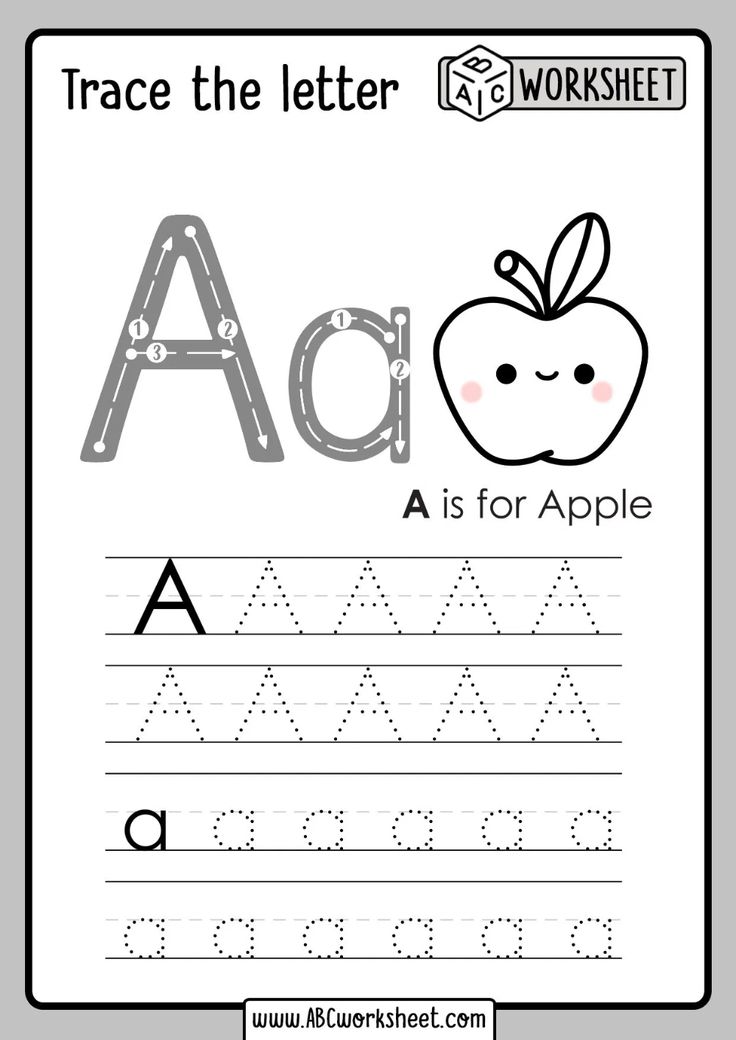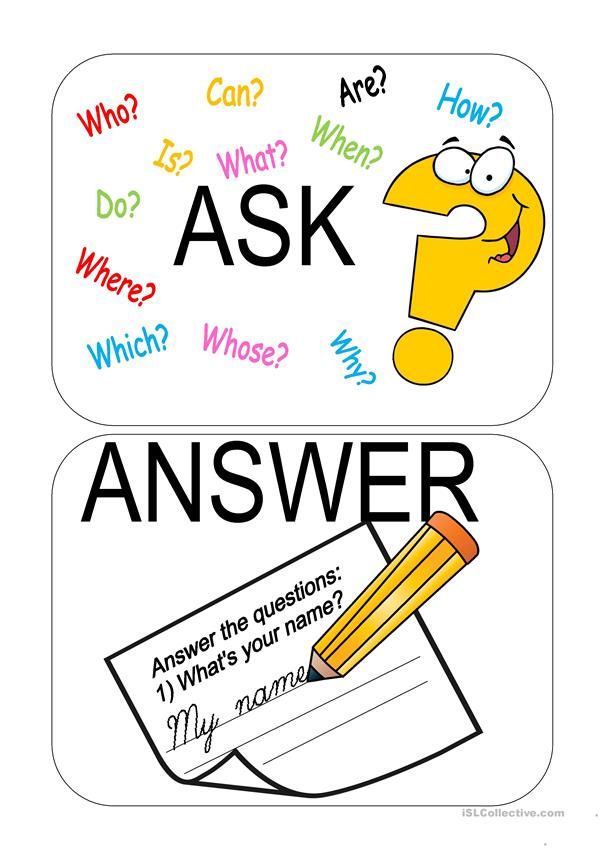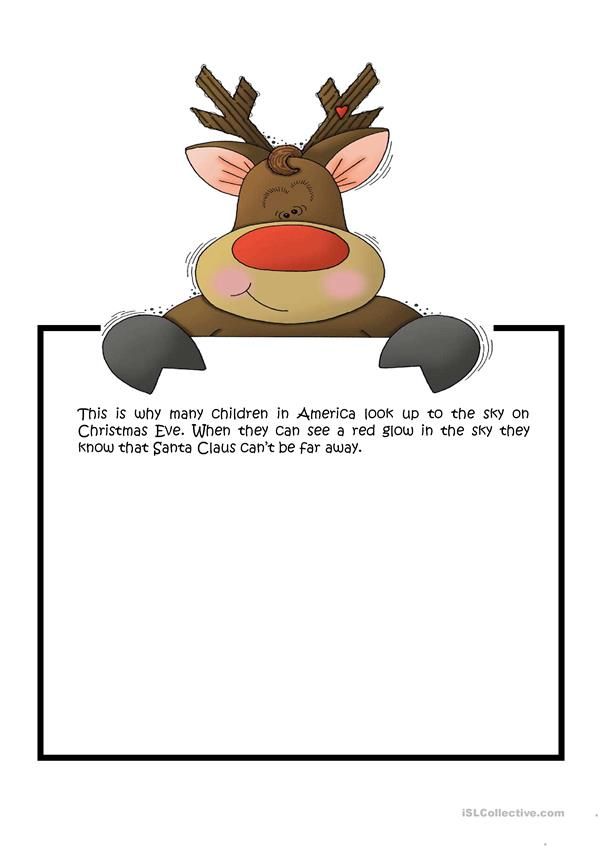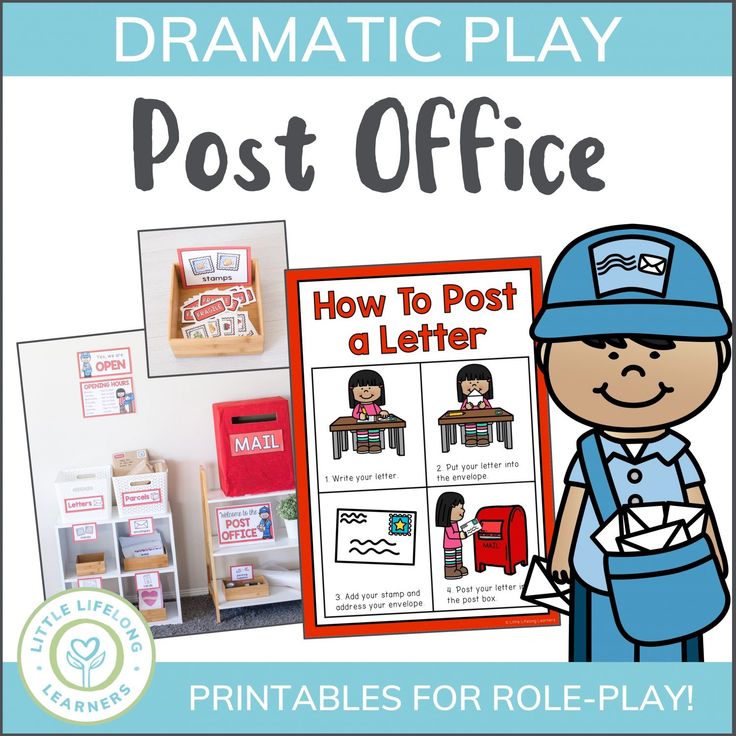How to teach alphabets for toddlers
5 Easy ways to teach the alphabet to preschoolers | Daycare Blog
Teaching children the alphabet is foundational to learning how to read. Before children can put together sounds or draw together lines that make words, they need to know what they are. If you’ve never taught the alphabet before, the concept may sound abstract: how do you teach something that comes so naturally to you? Teaching letters can be really fun and simple. In this article, we’ll give you easy ways to teach the alphabet to preschoolers.
1) Sing alphabet songs
Obviously, we all know the English-language, “A-B-C-D, E-F-G,” song. That’s a great place to start. However, there are more alphabet songs, which can add variety to your tunes, and help kids learn the alphabet in different ways.
This article lists a whole bunch of alphabet songs to try. And, if you saw our article on YouTube channels for toddlers and preschoolers, you can find letter-related songs there too. The visuals in videos can show objects that start with each letter, and sometimes the songs also pronounce sounds too.
One important note brought up by this early childhood educator, is that kids should go from singing the song, to being able to say and point out the letters without a tune. So don’t stop at singing!
2) Play letter matching games
Letter matching games are easy to set up. You can have a poster board with the alphabet printed on it in large letters. Have separate letter magnets or paper letters cut out at the same size as the print letters. Ask the preschoolers to match their cut outs to the letters on the chart. Where does “A” go? Place the letter “A” cut out on top of the printed “A” on the poster board. Get them to practice doing this with all the other letters.
As the early childhood educator mentioned above noted, you can also have an alphabet ‘arc,’ where one end of a half-circle shows the letter “A”, and the other end the letter “Z”. In between you can have other letters in the alphabet shown, but not all of them. Ask the preschoolers to put down their block letters in the right sequence, using the pre-filled in letters as clues.
3) Open a new ‘alphabet box’ each week
You may have seen us post on Facebook that a certain week is brought to you by a letter we’re covering. It may be “C,” and you’ll see photos of us painting the letter C at daycare, or learning about animals that start with the letter “C.” Weekly letter themes are common in preschools.
You can take your weekly letter curriculum a step further by creating a box that children can open to discover objects that relate to that letter.
For example, on the week covering the letter “A,” your preschoolers can open (or even unlock) a box that contains an apple, a toy airplane, a toy alligator, an acorn, an arrow (a safe one!), and so on. In fact, don’t tell the children right away what letter the box of ‘treasures’ represents. Ask them if they can guess the letter they’ll cover that week by observing the objects in the box alone. This can be a fun and whimsical way to have your children get excited about the week ahead, and work together to come up with an answer.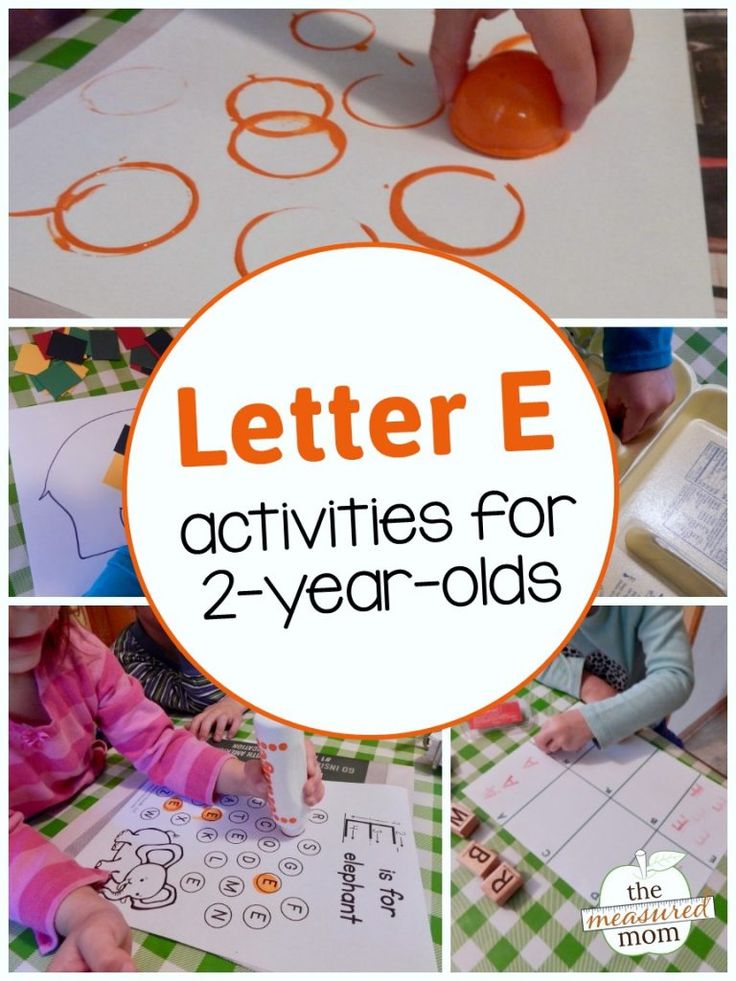
3) Use interdisciplinary learning with each letter, to strengthen letter associations
Since repeating a letter over and over again can get boring, you can mix it up a little by bringing in related lessons. You can start with a week’s letter as your core subject. Then, throughout the day, teach interdisciplinary subjects that still relate.
For example, if you are on the letter “R,” you can learn about the colour “red” too, since it starts with “R.” Ask the children, ‘what things are red?’ If you are on the letter “A,” you can learn about apples. We’ve done this before, where we teach children about the types of apples there are, as well as explain that seeds are inside an apple, and so on.
This blogger lists a whole bunch of crafts you can you incorporate into your letter learning. For example, you can make holes with a hole punch for the letter “H.” This can then lead into learning about the circle shape. You get the idea…
4) If you use flashcards to teach the alphabet, use logical ones
Flashcards are a great memorization tool, and the alphabet is all about memorizing.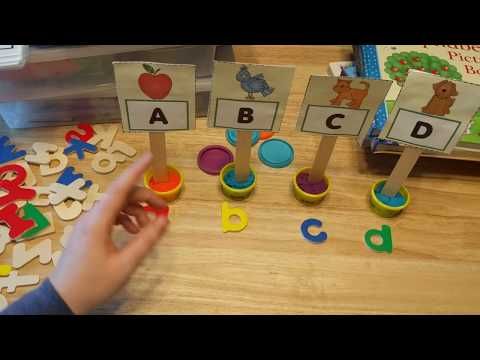 However, this teacher warns that sometimes, pre-made flashcards can get really confusing. If you are teaching the letter “D” and there is an image of something that simply uses the sound of “D” somewhere in the word, but doesn’t start with “D”… well you can quickly see how even adults would be confused by that.
However, this teacher warns that sometimes, pre-made flashcards can get really confusing. If you are teaching the letter “D” and there is an image of something that simply uses the sound of “D” somewhere in the word, but doesn’t start with “D”… well you can quickly see how even adults would be confused by that.
Remember, at this stage, you’re not teaching phonetics or complex vocabulary and pronunciation. First, children need to recognize and know the alphabet. Use the simplest flash cards, with the simplest pictures of the objects and animals that preschoolers can recognize.
That said, sometimes you want to use lowercase and uppercase letters in your flashcards…and yes, that can be confusing for the very young learners, especially when the upper and lowercase look so different, but are called the same thing. But if you’re using a set of magnets, for example, you can just use their uppercase versions, that’s ok (they may only come in that form). For very early learners, you can start really basic.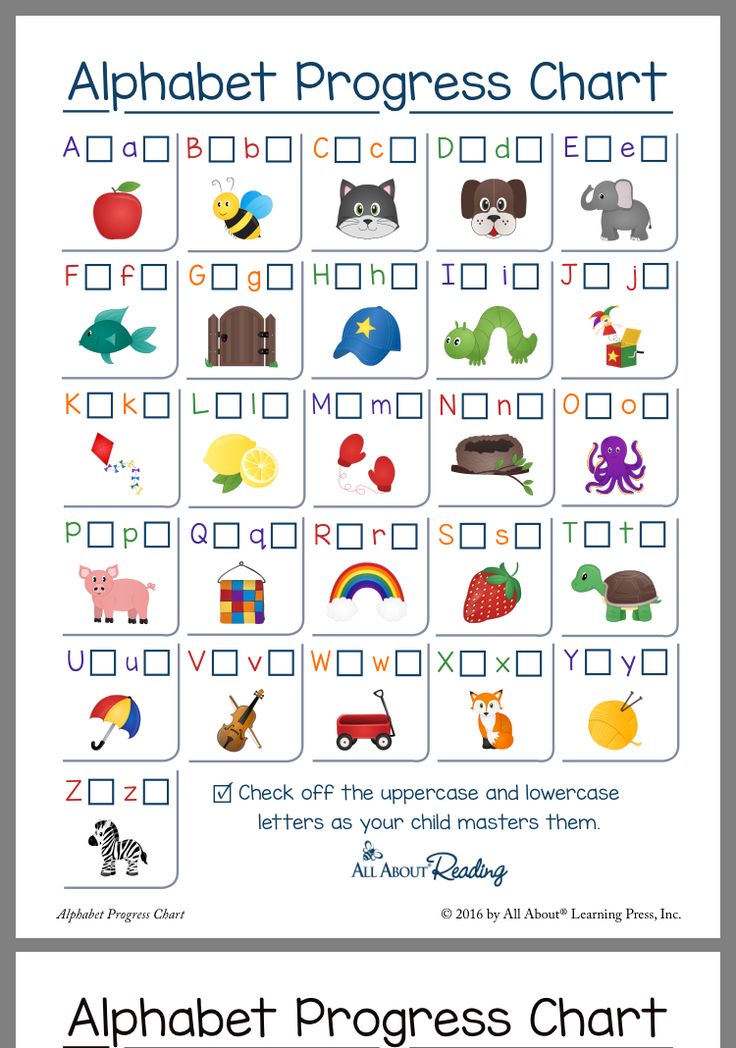 Just don’t forget to start showing them the lowercase and uppercase letters together at some point in their alphabet learning journey.
Just don’t forget to start showing them the lowercase and uppercase letters together at some point in their alphabet learning journey.
5) Eat foods shaped like letters to help preschoolers learn their alphabet
Speaking of interdisciplinary alphabet learning, why not do a baking session with the kids at preschool? They can use letter-shaped cookie cutters to make a fun and yummy snack. Meanwhile, there is a host of lessons you can teach with the baking activity. Chemistry, cooking, nutrition…the list goes on.
If you want the easy route, try commercially-sold letter-shaped biscuits. IKEA has a version of these. Ask your toddler or preschooler to name the alphabet letter they’re about to eat. Eating it can be the reward for getting it right!
And of course, there is alphabet soup, or noodles shaped like letters. You can make mealtime fun, and educational, with these edible alphabet manipulatives.
So there you have it, 5 easy ways to teach the alphabet to preschoolers. They may even be fun for you, too! It is super cute to hear little ones pronounce letters, and guess what object goes with each letter. When your preschoolers are learning the alphabet, be sure to take every teachable opportunity you can to encourage them to recognize letters in the world around them. If you’re on a field trip, ask the children if they can spot their letter-of-the-week on a street or building sign. If you’re reading a book, see if they can spot the letters you’re reading to them. Keep pushing letter recognition throughout the day, so the lessons can really sink into their memory.
They may even be fun for you, too! It is super cute to hear little ones pronounce letters, and guess what object goes with each letter. When your preschoolers are learning the alphabet, be sure to take every teachable opportunity you can to encourage them to recognize letters in the world around them. If you’re on a field trip, ask the children if they can spot their letter-of-the-week on a street or building sign. If you’re reading a book, see if they can spot the letters you’re reading to them. Keep pushing letter recognition throughout the day, so the lessons can really sink into their memory.
See more on our blog:
- How to teach digraphs to preschool children (6 ways)
- What is the best way to teach word recognition to early childhood readers?
- Why is literacy crucial in the early years? How can parents and preschools help with reading skills?
- How to teach toddlers and preschoolers to count, and learn their numbers
- Ideas for teaching shapes in preschool and daycare
How To Teach Toddlers The Alphabet (9 Effective Ways)
Teaching the alphabet is one of the first things that you will teach your child!
It’s essential to know the alphabet, so toddlers/preschoolers can start recognizing letters and learning phonetics.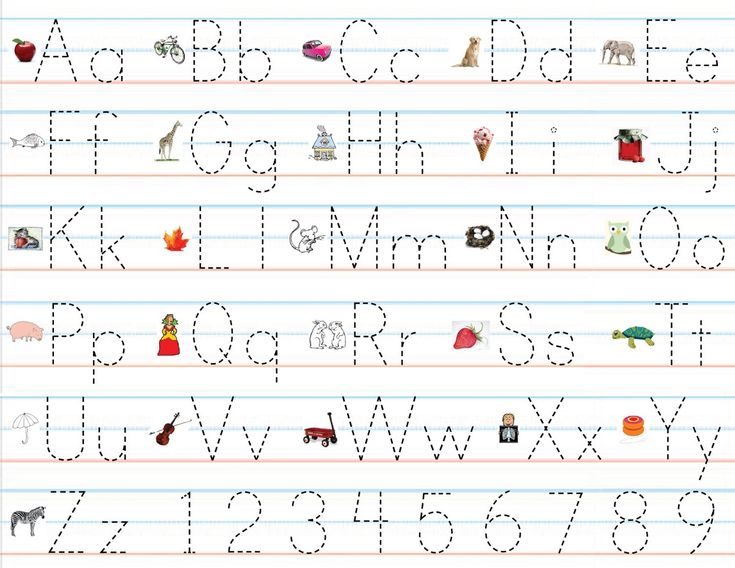
But teaching your kids the alphabet can be incredibly frustrating!
Trust me; I know first hand how challenging it can be! But I promise if you stick with it and work with your toddler every day, you will see progress! Below you will see a video of my son working on his skills!
Today, I’m sharing 9 ways to help teach the alphabet to your toddler!
#1. Play With Alphabet Toys
Did you know that there are FOUR ways that people learn? (Visual, auditory, reading/writing, and kinesthetic)
When children are exposed to alphabet toys like puzzles, magnetic letters, or foam letters, it is an excellent opportunity to begin teaching them.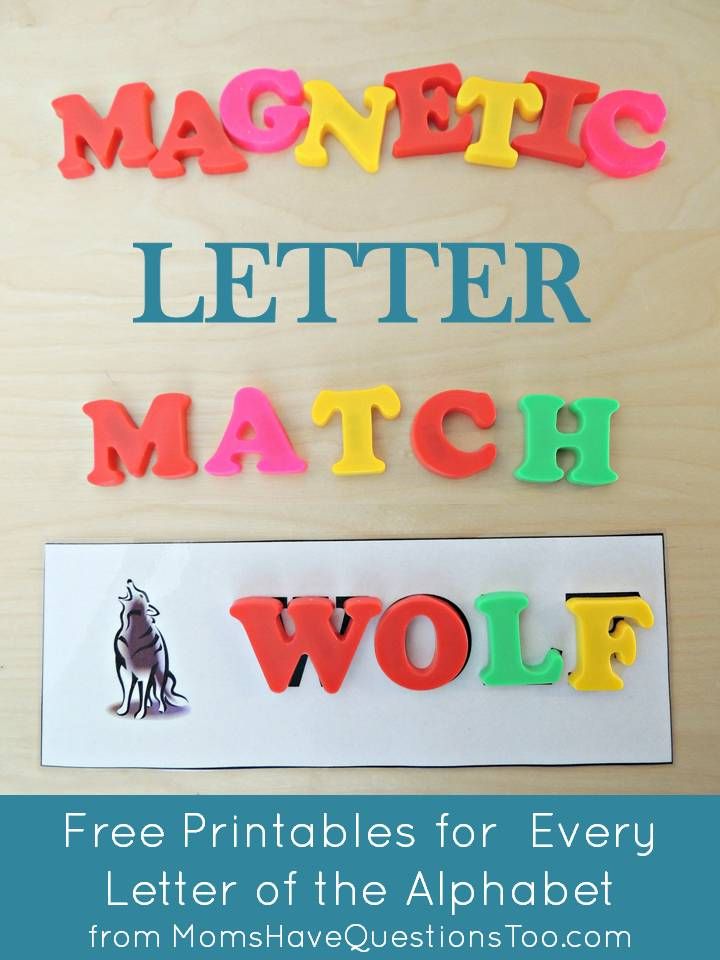
Children can look at the letters, hear you say the name of the letter, and physically touch them, which almost hits all of the ways that we learn best (reading and writing will come at a later date for these kiddos).
I have used a variety of different alphabet toys with my kids to help them learn their letters at such a young age.
Here are FIVE alphabet toys that I recommend.
A. Melissa and Doug See-Inside Alphabet Puzzle
I can honestly say that my son learned his ABC’s with this puzzle!
At the time this short video was taken, he was 16 months old. Below you will find a video of how you can play with this toy to help your toddler learn!
Check Price - Amazon
B.
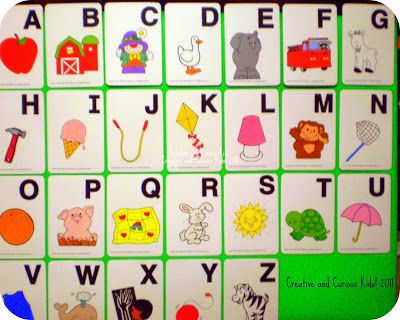 Melissa and Doug Alphabet Sound Puzzle
Melissa and Doug Alphabet Sound Puzzle
Do you have time to sit and play with your toddler all day?
Most likely, the answer is no, we all wish we could, but dishes need washing and laundry needs folded. This puzzle is fantastic because not only does it have the letters but it also makes the phonetic sound for each of the letters!
Check Price - Amazon
They can still be learning even when you are not right next to them!
It’s suitable for toddlers and preschoolers so they can start connecting the sounds that each letter makes.
C. Sesame Street Elmo’s On the Go Letters
Who doesn’t love Elmo?
Check Price - Amazon
This alphabet toy has the letters that children can manipulate and also includes some of their favorite Sesame Street characters inside once they lift the letter!
*TIP* It is a little harder for younger ones to try to get the letters in and out, so you may need to be there to help them with this toy until they can pull them out themselves.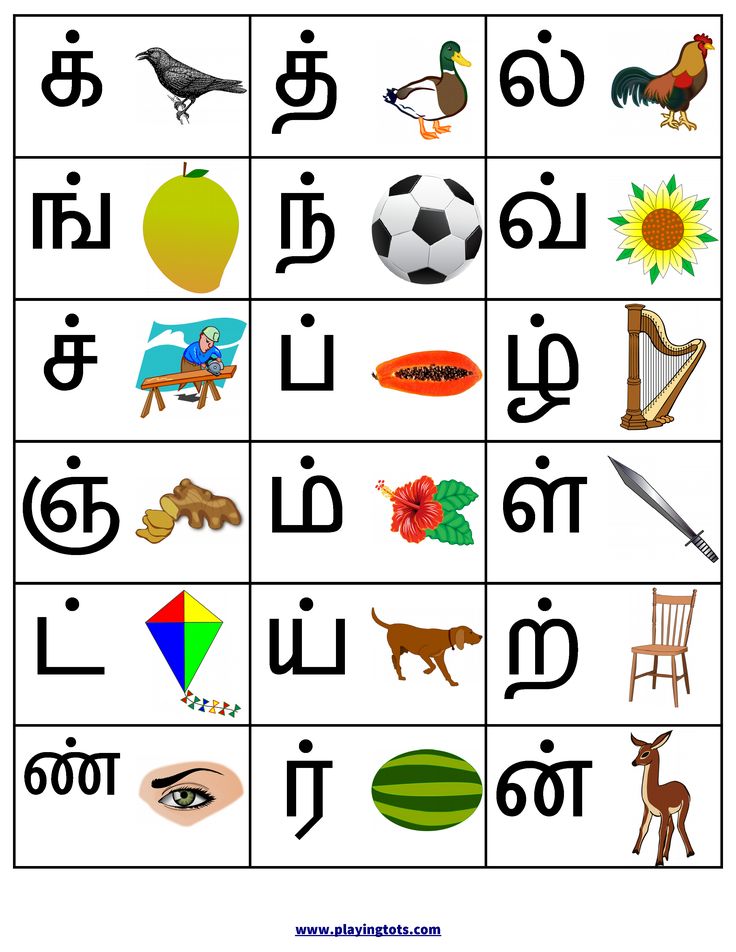
D. LeapFrog Fridge Phonics Magnetic Letter Set
My husband collects magnets from everywhere we travel, and our kids can’t get enough of pulling them off of the refrigerator!
That’s why I knew this toy was going to be a hit for both my kids!
These magnets can stick to the refrigerator, which is fun and engaging for toddlers. It comes with a magnetic bus that kids can press the letter into, and it tells them what letter it is and the sound it makes.
It also says words that begin with each letter and uses the word in a sentence, which is great for preschoolers or kindergartners, which makes this toy worthwhile since it can be used for a couple of years!
Check Price - Amazon
E. Leapfrog My Own LeapTop
My FAVORITE on the go toy! I had to get two because both my kids wanted their own.
I keep both of them in the car because it’s a fun toy for them to play with for a few minutes while we are in the car, and they get to be learning at the same time!
There are four functions on the computer for kids to interact with (letters, messages, animal games, and music).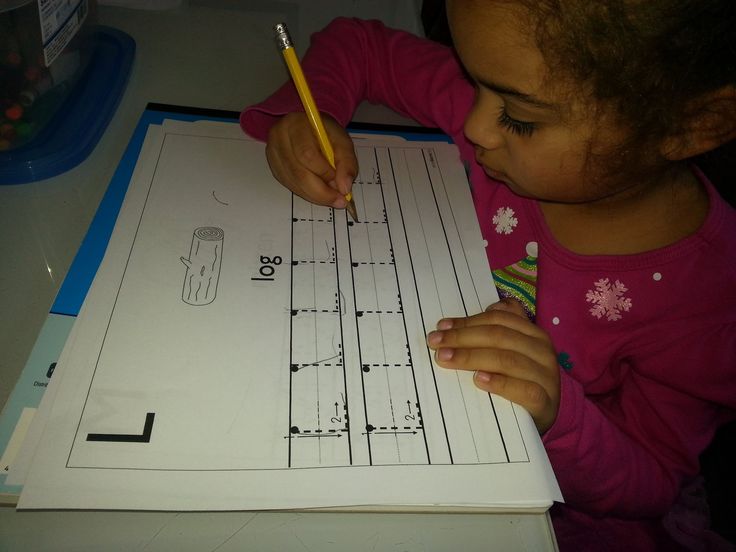 You can also personalize the computer by adding your child’s name in it!
You can also personalize the computer by adding your child’s name in it!
Check Price - Amazon
#2. Repetition is Key!
Remember that time when you told your toddler something once, and they remembered it correctly, and you never had to say it to them again?
Yeah, me neither.
When you are trying to teach anyone something new, especially toddlers, repeating the information is crucial. Even though my son knows the alphabet, I still spend at least 10 minutes a day going over it with him, so he remembers the information.
It is engaging for your kids also to present the alphabet in different ways, so they don’t get bored with the same toy, which I will explain in the next section.
#3. Alphabet Learning Activities
There are so many creative and fun ways to help a child learn the alphabet!
Does your child love blocks? Try writing the letters of the alphabet on the Mega Bloks to get them interested in learning them.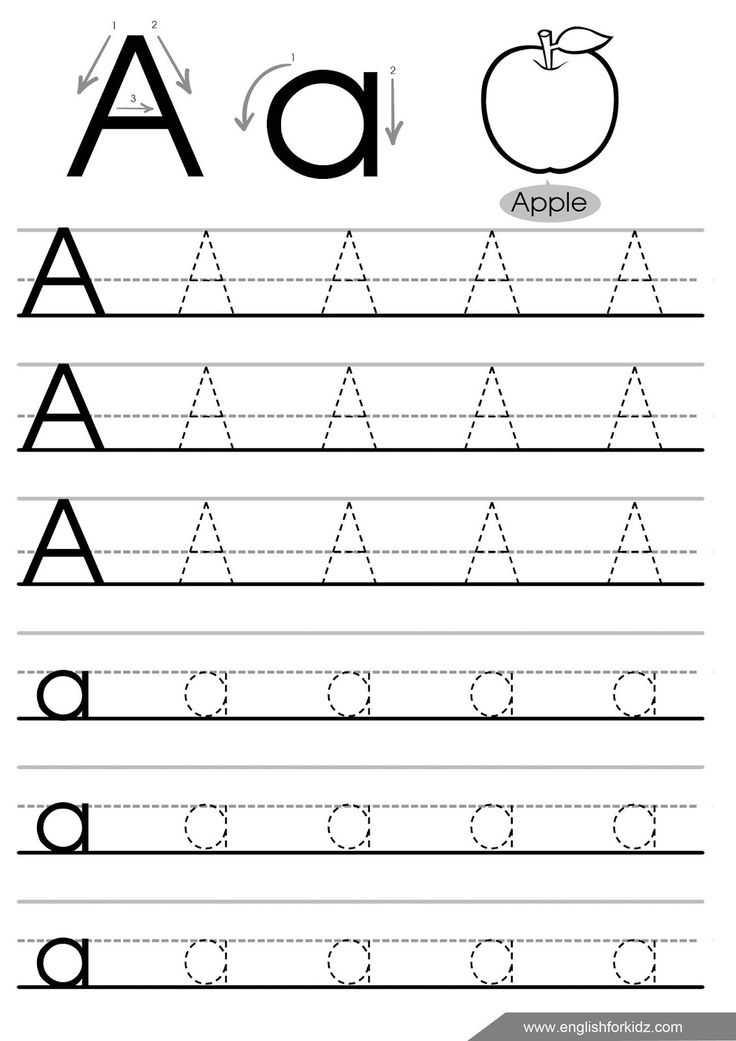 Use a dry-erase marker, and it comes right off with a baby wipe!
Use a dry-erase marker, and it comes right off with a baby wipe!
Does the child enjoy painting? Paint letters on a piece of paper and ask the child which letter is which.
Does the child like to play in the bathtub? Get foam letters that are made to go in the tub and review the letters when it’s bath time!
No matter what the child enjoys, you can use their interests as an opportunity to help them learn.
I have an article that lists 21 PERFECT Alphabet Activities For Preschoolers, check out this article to learn about more activities that you can do!
In the meantime, here are THREE easy activities you can use today!
A. Post-It Letter Activity
I think it’s easiest to do activities with supplies that you already have at home!
Write down an upper/lower case letter on each post-it note.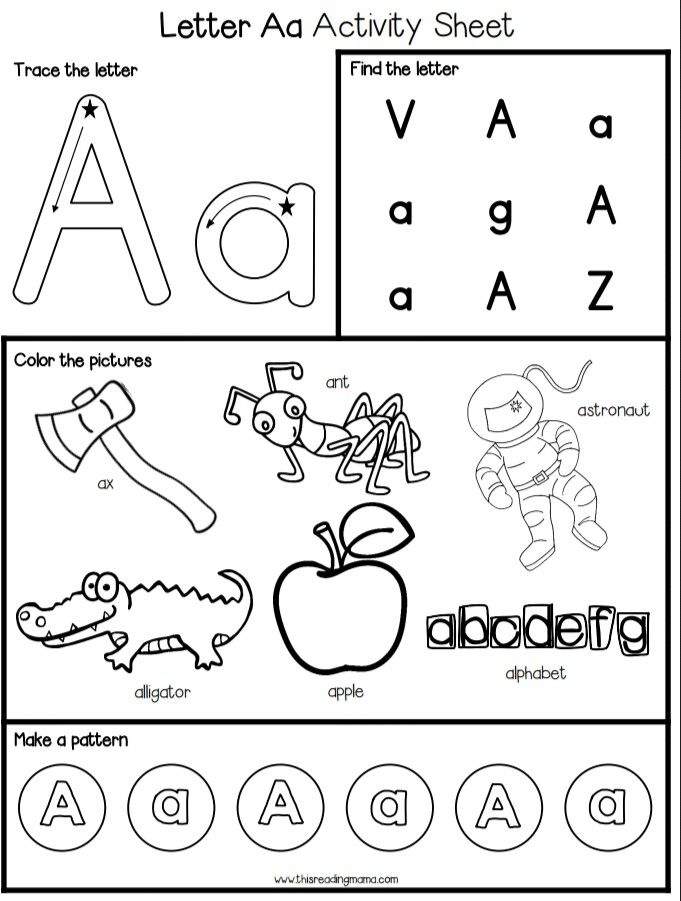 Mix up the letters and ask your child to find a letter. Or, if they are really excited about pulling the post-it notes off the wall, when they pull them off, ask them what letter they have in their hands!
Mix up the letters and ask your child to find a letter. Or, if they are really excited about pulling the post-it notes off the wall, when they pull them off, ask them what letter they have in their hands!
B.Do-A-Dot Painters
Who doesn’t love paint that doesn’t cause a mess?
Do-A-Dot Painters are so much fun, and the clean-up is so much easier than traditional painting.
All you need to do this activity is Do-A-Dot Painters and my FREE Do-A-Dot Letters
How to help your kids learn with this activity:
1. For early learners, identify the letter to them. Have them try to look around the worksheet to see if they can see at least one or two matches to the letter you are working on. If they are struggling to use the Do-A-Dot painter on their own, try to help them by having them hold your hand while you both do it!
2. Older children should try to do this activity on their own.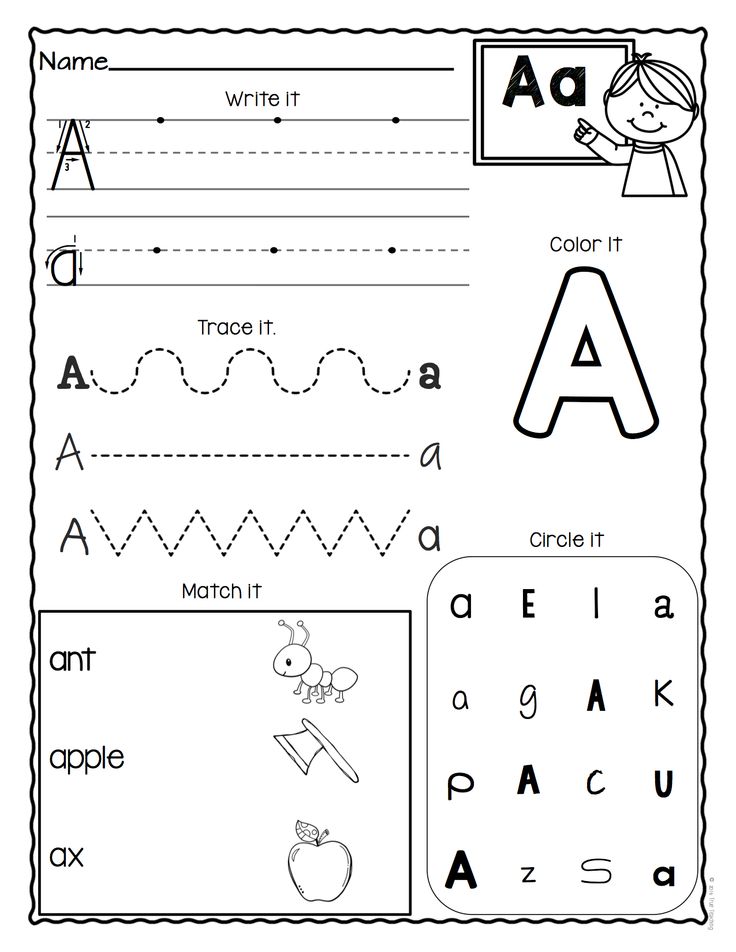 Ask them what letter it is that you are focusing on and have them try to use the Do-A-Dot painters on their own to see how many they can match correctly.
Ask them what letter it is that you are focusing on and have them try to use the Do-A-Dot painters on their own to see how many they can match correctly.
View Amazons Price
C. Sand Letter Search
This activity was a hit! Both kids continued to do this activity for a half-hour after they found the first round of letters!
You need kinetic sand and magnetic letters to do this activity.
- The link for magnetic letters above has uppercase, lowercase, and numbers in the container, which I thought was the best deal because you could do this activity for each of these.
Ask your kids to search through the container of sand to find letters. They will love it because the sand feels SO cool! Once they find a letter, they can find it on the below worksheet that I created for you.
*CLICK HERE TO GET YOUR FREE UPPER CASE LETTER SEARCH WORKSHEET!*
#4.
 Begin With Uppercase Letters
Begin With Uppercase Letters
I have noticed that almost all alphabet toys, learning videos, and books use uppercase letters.
Because of this, starting with uppercase letters is the best way to teach your child the alphabet!
Make sure before moving onto lower case letters that your child knows each uppercase letter. I promise it’ll make it easier for them to learn!
We have these uppercase and lowercase learning locks that are so much fun to play with and work on fine motor skills!
Check Price - Amazon
It can be confusing for kids to hear that a lowercase letter is the same as an uppercase letter, especially if they look nothing alike. It’s essential to help them with this activity, so you can explain that they are the same letter!
#5. Read Letter Books
Each night, we have a routine to at least read 2-3 books with our kids before bedtime.
Reading is crucial to a child’s development.
I don’t know about you, but I feel like each time I am at the pediatrician, they always ask me if I am reading to my kids. That shows me it’s pretty important!
There are SO MANY books to choose from out there that focus on the alphabet and letter recognition. It’s challenging to make a choice!
But here is a list of my kid’s favorites.
A. My Best Ever: ABC Alphabet Book
B. Chicka Chicka Boom Boom
C. LMNO Peas
D. Sesame Street: Elmo’s Word Book
- This book is my favorite! It has flaps that kids can pick up to see pictures underneath, so it’s interactive, which makes it more memorable for them.
#6. Watch Educational Videos
Yes, I know you think I’m crazy for recommending screentime for toddlers!
We try to limit the amount of screen time that we have at our house.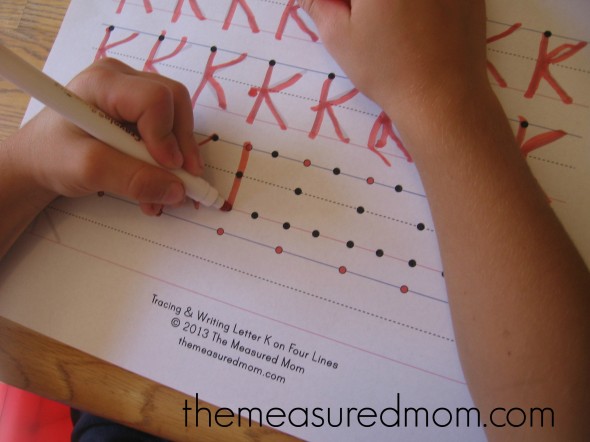
But there are times when I have to change the laundry or clean up the giant mess created in the kitchen from painting. Utilizing an educational video for these times can be extremely helpful, and I don’t feel that guilty.
The current favorites at our house are Super Simple Songs, Bob the Train, or Little Baby Bum. These songs/shows are catchy, and they help aid in the learning process.
I’m not saying I allow my kids to watch hours of TV each day, but I do let them watch some.
#7. Focus On A Few Letters
Wow, I messed this step up when I was first teaching my kids the alphabet!
I started out showing them all the letters of the alphabet and trying to tell them all the letters at one time.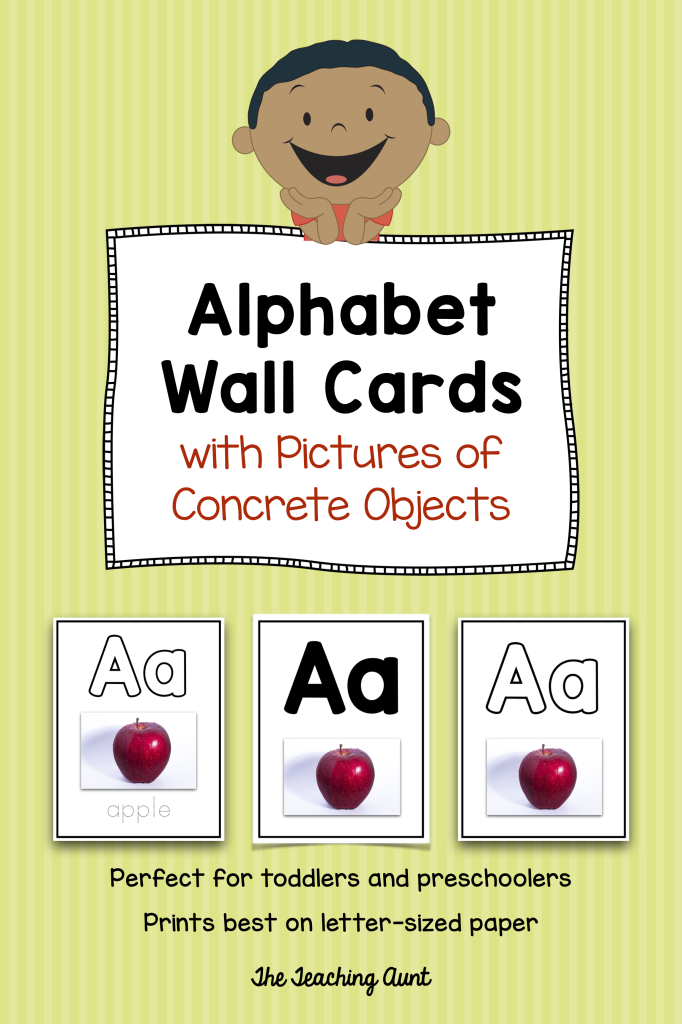 I was wrong!
I was wrong!
After realizing they weren’t picking up what I was trying to teach them, I tried focusing on only 2-3 letters a day.
This way, it wasn’t so overwhelming.
If you use one of the alphabet toys that I mentioned above or you have your own that works for you, start by showing them A, B, and C.
For a few days, go over just those letters then add two more to that list. Always go over the letters you began with as well to keep that repetition going!
#8. Don’t Overdo It
Have you ever tried to sit down and teach your toddler something, and all they want to do is play with other toys?
This happens to all of us! Toddlers don’t have a very long attention span. There are times throughout the day that are better than others to try to teach them.
There will be times I attempt to work with both my son and daughter, and I can tell they are not interested whatsoever.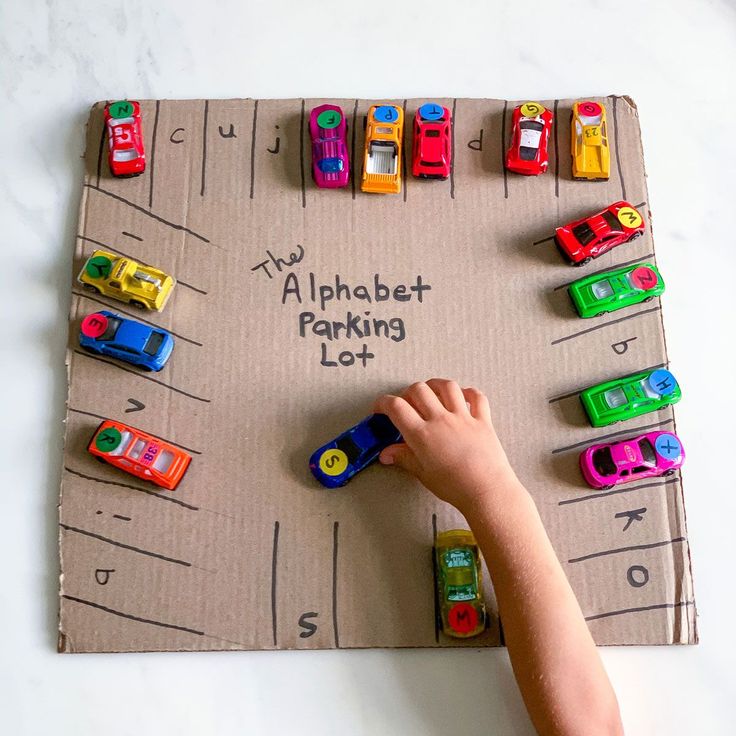
If you make them learn when they are not ready, they will not be eager to do it the next time. It’s better to wait until your kids are prepared to concentrate for a few minutes so you can get the most out of that time.
#9. Don’t Compare Your Child To Others.
Do you have friends on social media that brag about how their children are geniuses?
So many parents use social media as a place where they can brag how well their kids are doing at school and how smart they are!
It’s easy to compare what your child is doing with other children their age.
Every child has a unique learning process, and they will learn the information when they are ready!
There is no need to get frustrated or worried that the child is behind if they don’t know their alphabet at 16 months.
Take your time when you are teaching your child and stay positive with them! If you show them that you are frustrated, they will see your frustration and maybe not be as interested in learning.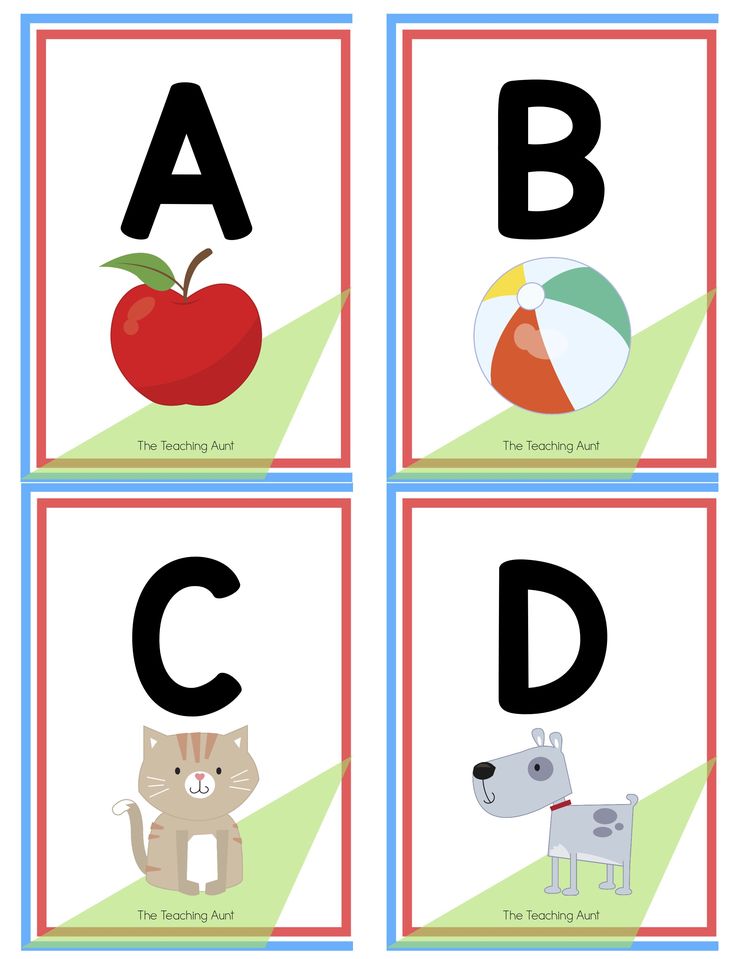
Final Thoughts and Conclusion
My most important tips for teaching the alphabet are repetition and don’t get frustrated! If you follow these 9 ways to teach your child the alphabet, you are off to a great start on your child’s education!
I would love to help you on your journey to teaching your child the alphabet!
If you have any great ideas that you would like to share that helped you teach the letters of the alphabet to your child, please share them with us!
5 Ways to Learn the Alphabet Quickly and Easily with a 3-6 Year Old Child – Somersault
Before learning the alphabet with a child, it is important to understand what you are not going to do. Namely, learning to read. This is a more complex skill, so it is worth putting it off until the time when the child gets acquainted with all the letters and will confidently recognize them and write on their own. Until then, put off the alphabet and reading by syllables.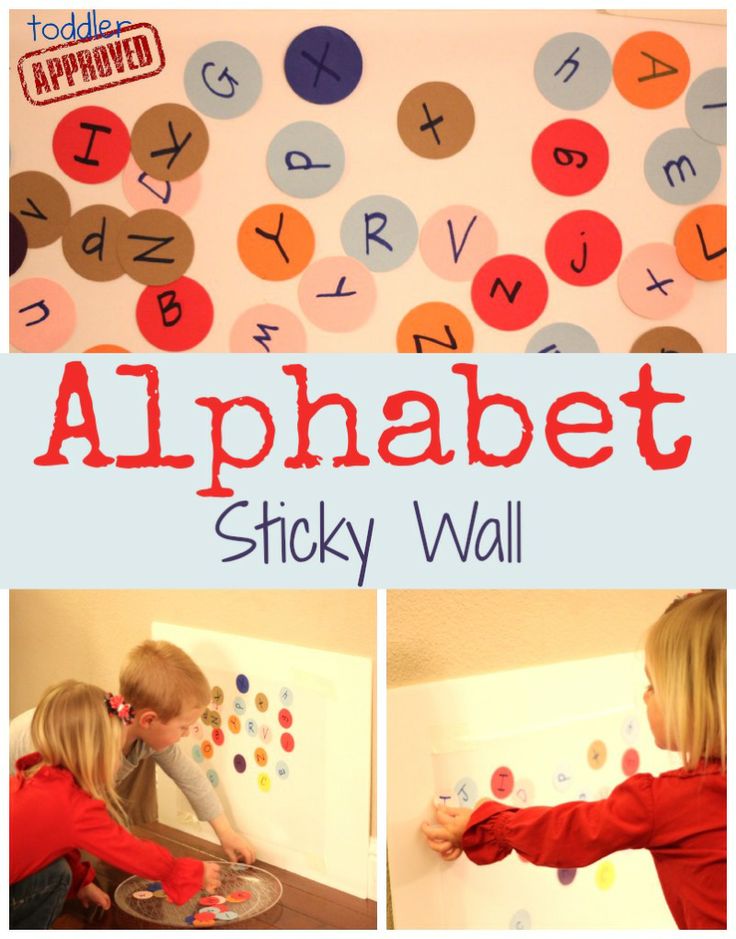
In this article, we have put together the basic principles to quickly learn the Russian alphabet with a 3-6 year old child in a playful way. For all games with letters, you can use plasticine, paints and any improvised means or magnetic letters - they will easily attract the attention of the child.
Contents:
- Learn the Alphabet Easily: Basic Principles
- 5 ways to learn the alphabet with your child
- From alphabet to reading
How to Learn the Alphabet Easily: Basic Principles
Each child can find an easy way to learn the alphabet that suits him or her, but there are basic principles that are important for all children. If you do not follow them, study will turn into drill and the child is unlikely to ever love to read. Here are a few such principles on how to properly learn the alphabet for a child. nine0003
- Learn sounds first, not letters .
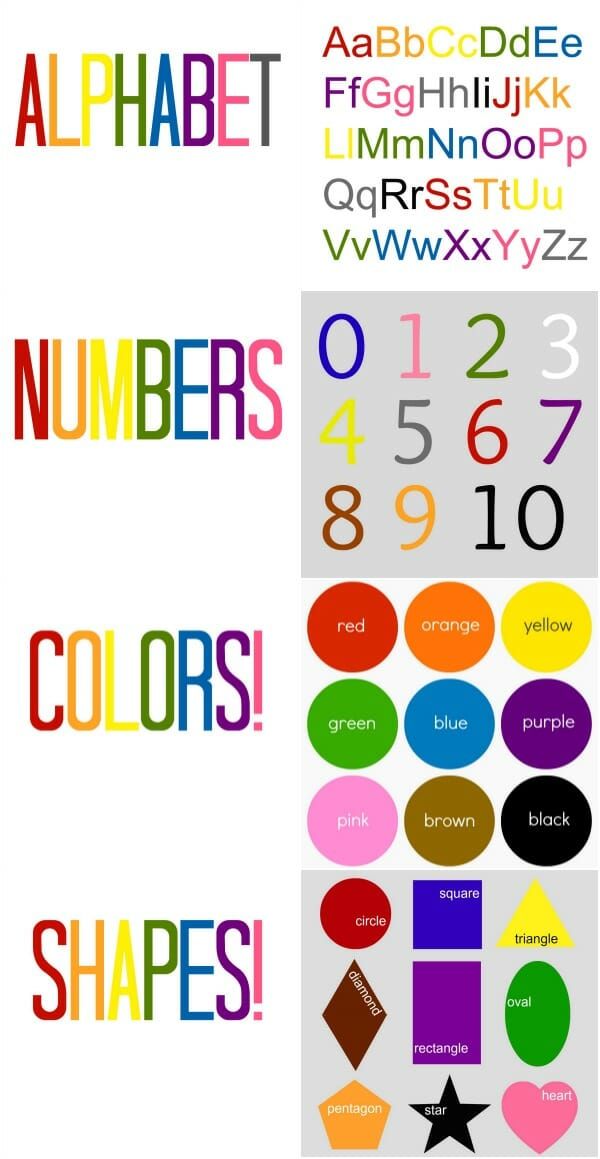 At the first stage of learning, it does not matter how the letters in the alphabet are called correctly. Now only sounds are important for the child - "d", and not the letter "De". The names of the letters will only confuse the child, who first needs to learn to recognize the shape of the letters and their sound.
At the first stage of learning, it does not matter how the letters in the alphabet are called correctly. Now only sounds are important for the child - "d", and not the letter "De". The names of the letters will only confuse the child, who first needs to learn to recognize the shape of the letters and their sound. - Not learning the alphabet in the correct sequence . Until a child goes to school, it is of no use to him to know how the letters are arranged in the alphabet. This information will only distract him from what is really important: how the letters look and sound. The sequence of the alphabet can be learned later or even at school, where this knowledge will be tested by the teacher. nine0016
- Do not turn learning into a lesson . Learning from call to call is difficult even for children at school, let alone a baby. Therefore, all learning should take place in a playful way and not for long: 5-7 minutes a day to get acquainted with the letters will be enough.
 Gradually, this time can be increased, especially if the child likes the proposed games with letters.
Gradually, this time can be increased, especially if the child likes the proposed games with letters. - Use material objects . At the age of 3-6 years, the child learns the world by touch and taste. It is difficult for him to work with abstract letters spoken aloud. Therefore, it is better to stock up on plasticine and paints and create letters that are more understandable to the child and can be touched. Such a game for children will allow the child to learn the letters of the alphabet and he will recognize them in different forms regardless of what they are made of. nine0016
- First vowels, then consonants . Vowel sounds are easier to pronounce, so it's worth starting with them.
The main thing is not to force anyone. If you see that the child is inquisitive, enjoys exploring the world and is ready to learn, you can move on to learning letters and the alphabet. So the child will be happy to learn the alphabet in a playful way and gradually learn to read.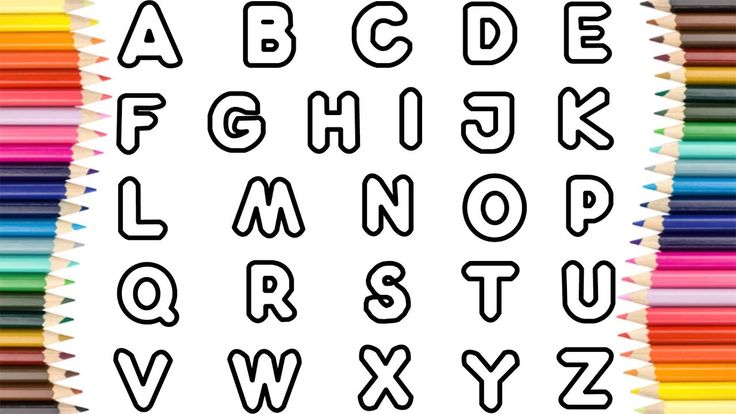 So that the game is not abstract, you can use the magnetic letters TUMBLING.
So that the game is not abstract, you can use the magnetic letters TUMBLING.
5 ways to learn the alphabet with your child
1. Use an interesting topic to study
Use your child's interest to spur his motivation to learn. For example, if your kid is crazy about cars, let them be the topic in which you learn the alphabet. Use any words related to cars:
"A" - bus
"B" - trunk
"C" - driver, etc.
You can show cars and their parts, draw or sculpt from plasticine. It is important that the child's focus shifts from learning to doing what they love. Additionally, the method will help expand vocabulary and knowledge about the world. nine0003
2. Cross out a letter of the alphabet in the list
Fill in a small square with arbitrary letters. The task is to cross out only the letter that you are studying. This will help the child focus on one letter and not get distracted by the ones he doesn't remember or don't know.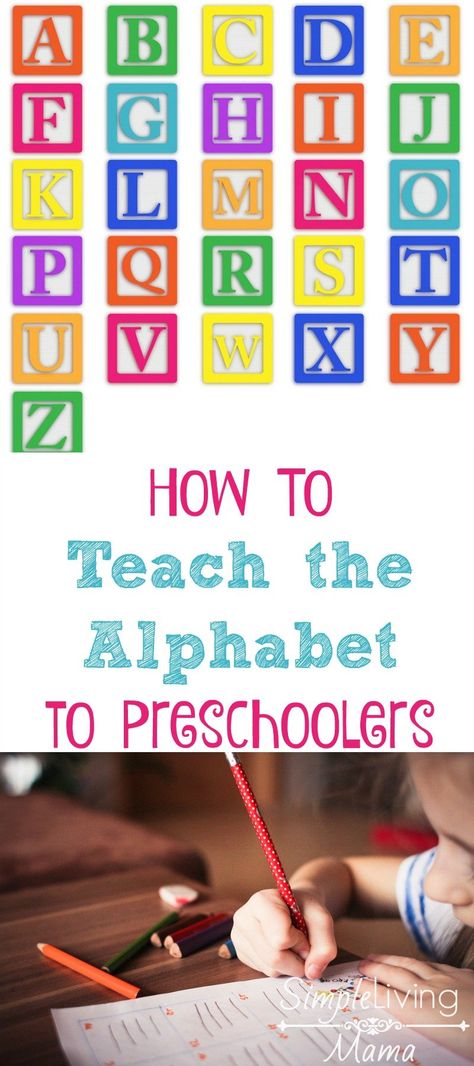
3. Pulling the letters of the alphabet out of the pouch
The soft-touch magnetic letters are perfect for this method. Put the letters in a bag and give the child the task, without looking, to pull out only the letter that you thought of. Let there not be too many letters in the bag, otherwise the child will get confused. 6-7 pieces will be enough. To start, use letters that are very different in shape, such as "O" and "M". Gradually, the complexity can be increased and searched among similar letters, for example, "K" and "X". Don't forget to praise and encourage your child. You can alternate the learning process with desktops. nine0003
4. Recognize letters of the alphabet by ear
You pronounce a word, and if it contains a hidden letter, the child claps his hands.
With this game for kids, you can learn individual letters or the entire alphabet. For example, you name a word, and the child inserts its first letter into the insert frame.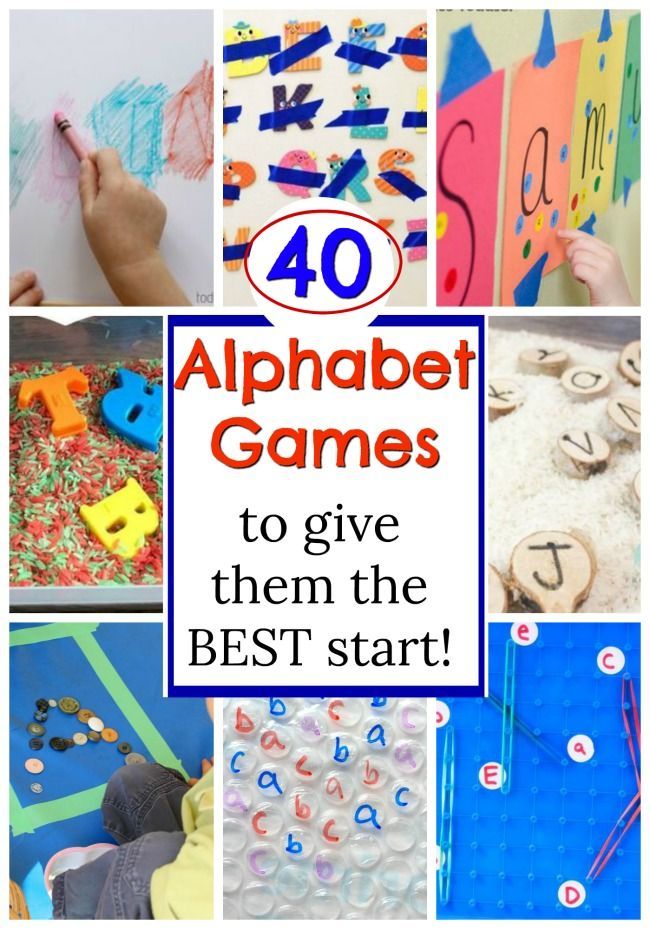 To stimulate your child's interest, you can use only words from his favorite topic, for example, the names of animals.
To stimulate your child's interest, you can use only words from his favorite topic, for example, the names of animals.
5. Guess words starting with the first letter
You choose one letter and think of a word that starts with that letter. For example, the letter "Z":
- What is this animal with big ears and loves carrots?
- Hare!
This game form is again suitable for learning individual letters or the entire alphabet. If you learn only one letter, the child gets used to quickly recognizing it in different words. And if you give words with different letters, the child as a whole learns to understand with which letter they begin. With the study of the account and the English language will also help TUMBLING.
From the alphabet to reading
When a child learns the Russian alphabet, confidently recognizes all the letters in different words and can draw or mold them on his own, it is worth moving on to reading. Because you need to learn the alphabet just so that the child can read.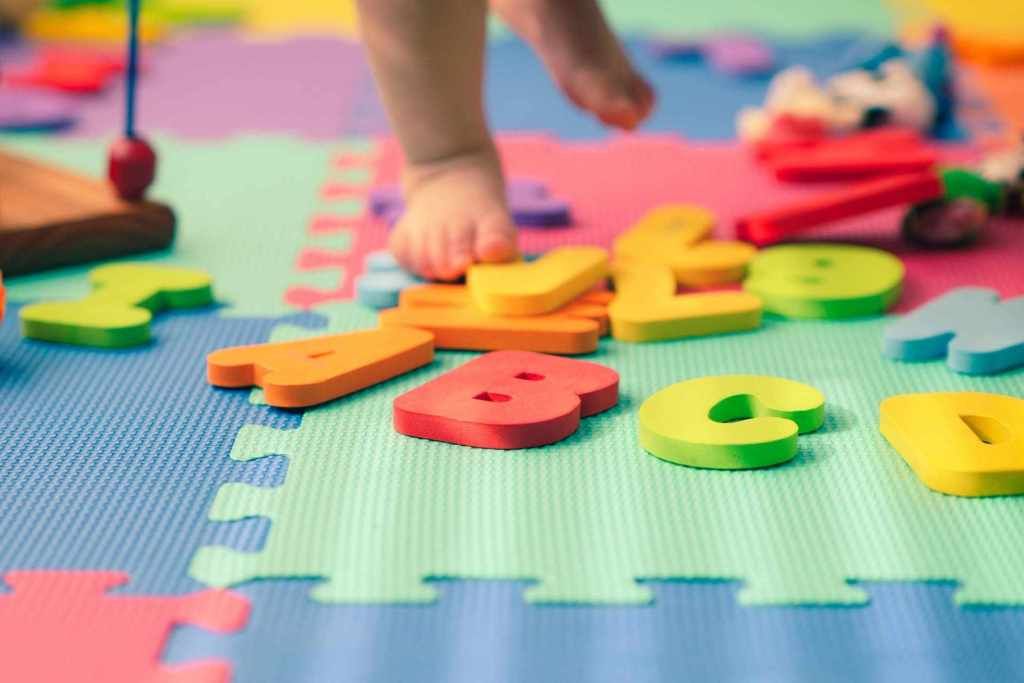 If knowledge is not used, it will hang as an extra burden, and by the time school will be forgotten. Therefore, you should not learn the alphabet too early: at 3-4 years old, a child is simply not interested in reading books in order to learn something new. He is more interested when his mother reads. Conversely, by the age of six, the child will be glad to have his own books to read them himself. nine0003
If knowledge is not used, it will hang as an extra burden, and by the time school will be forgotten. Therefore, you should not learn the alphabet too early: at 3-4 years old, a child is simply not interested in reading books in order to learn something new. He is more interested when his mother reads. Conversely, by the age of six, the child will be glad to have his own books to read them himself. nine0003
How to learn letters and the alphabet with a child aged 3-6
Do you want to know the most effective way to teach your child letters and learn the alphabet in the shortest possible time? With our recommendations, it will not be difficult for you to teach your child the alphabet at 3-6 years old. In just a month of short lessons, you can learn vowels and consonants with your child and start reading.
www.fullhdoboi.ru
Why teach your child the alphabet
Before introducing your child to the letters of the Russian alphabet, answer yourself the question WHY you want to do it right now.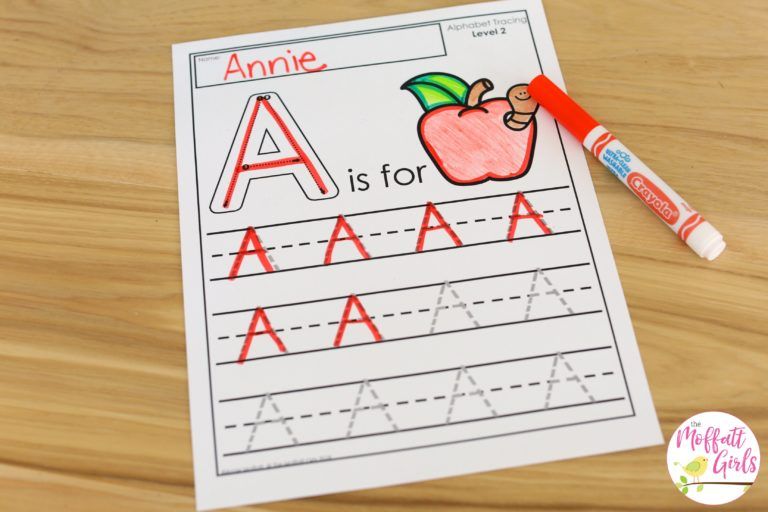 Is your child 5 or 6 years old and you want to prepare him for school? He is 2 years old and you want to show off the successes of the little genius to your friends and relatives? The kid is 3 years old and you want to "invest in him the maximum" in all ways available to you, so as not to miss the optimal moment for all-round development? What? nine0003
Is your child 5 or 6 years old and you want to prepare him for school? He is 2 years old and you want to show off the successes of the little genius to your friends and relatives? The kid is 3 years old and you want to "invest in him the maximum" in all ways available to you, so as not to miss the optimal moment for all-round development? What? nine0003
Of course, you can teach your child the alphabet at any age. You can show letter cards from the cradle, but... Let's put parental ambitions aside and focus on the object - the child. Why does he need to know letters? Right to read! Are you sure that right now he is READY to learn the basics of reading? Read what conditions are necessary in order to teach a child to read in our articles and only after that make the right decision:
- How to teach a child to read at 3 years old: pros and cons
- How to teach children 4 years to read
- How to teach a child to read in syllables
- How to teach a child to read well: methods of teaching reading
Any knowledge must be applied in practice.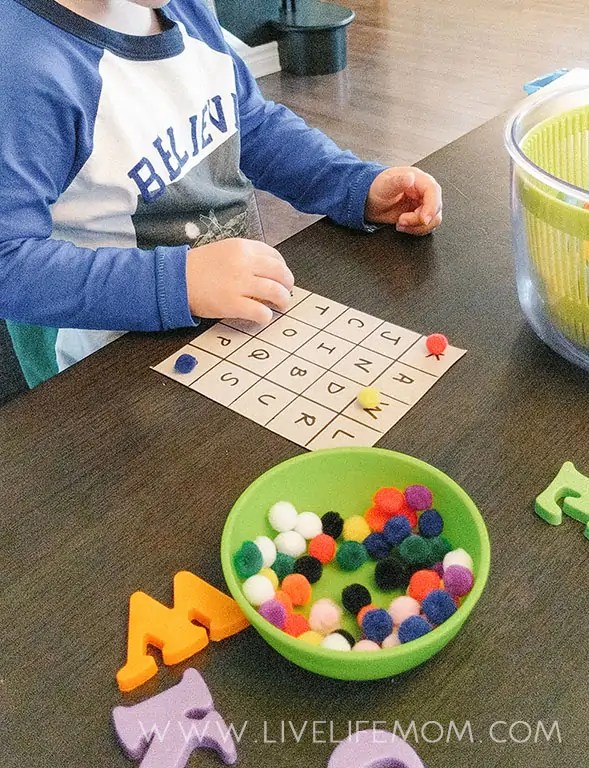 You must clearly understand that the study of letters and the alphabet is teaching the child to read. Otherwise, there is no point, there are a lot of other effective ways to develop memory, thinking, speech. It is not necessary for this to learn letters with a one and a half year old malupas, who is not yet able to pronounce them correctly. If you start learning the alphabet too early, there is a high chance that the child will simply forget the letters by the time he is ready to learn to read. Or the second, more "terrible" moment. Having learned “be”, “ve”, “de”, the child will not be able to read, because other rules work when reading. To merge syllables and turn them into words, you need to pronounce sounds completely different. Relearning is always harder. Be careful with the choice of talking toys and books: they do not always pronounce the letters correctly! nine0003
You must clearly understand that the study of letters and the alphabet is teaching the child to read. Otherwise, there is no point, there are a lot of other effective ways to develop memory, thinking, speech. It is not necessary for this to learn letters with a one and a half year old malupas, who is not yet able to pronounce them correctly. If you start learning the alphabet too early, there is a high chance that the child will simply forget the letters by the time he is ready to learn to read. Or the second, more "terrible" moment. Having learned “be”, “ve”, “de”, the child will not be able to read, because other rules work when reading. To merge syllables and turn them into words, you need to pronounce sounds completely different. Relearning is always harder. Be careful with the choice of talking toys and books: they do not always pronounce the letters correctly! nine0003
happymama.ru
The knowledge of the alphabet alone will not give the baby anything. He will simply memorize it like a song or a rhyme, but this will not teach him to read.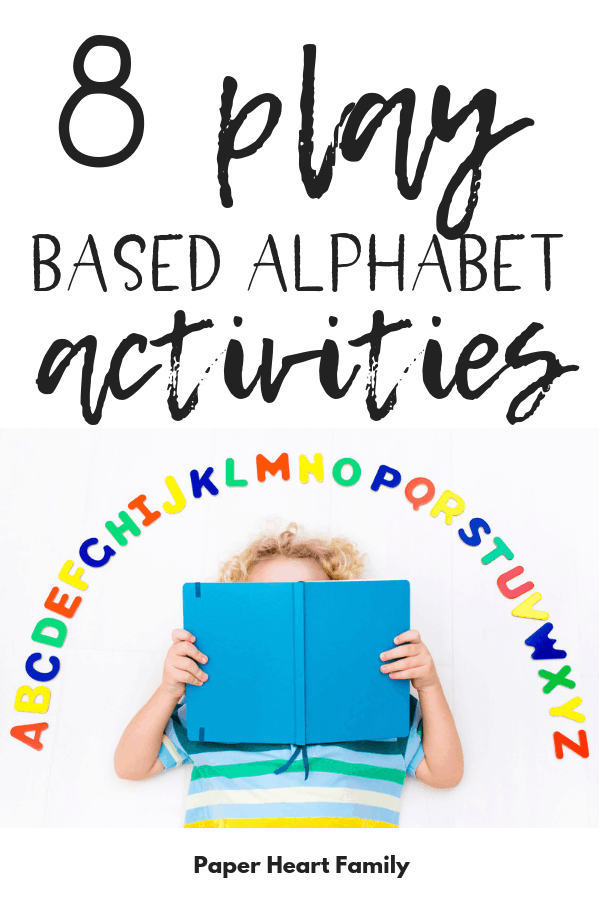 Therefore, leave the study of the alphabet for children 5-6 years old, who will need it at school, and with toddlers, just learn the letters without adhering to the alphabetical sequence.
Therefore, leave the study of the alphabet for children 5-6 years old, who will need it at school, and with toddlers, just learn the letters without adhering to the alphabetical sequence.
- The alphabet is not just all the letters, it's the letters in a CERTAIN sequence.
- The alphabet is the base of any language. nine0013 The alphabet is the key to all dictionaries, reference books, encyclopedias and other documents where order and systematization are important.
- Knowing the alphabet saves time.
Learning letters: where to start
In what order to learn letters? Do I need to learn the alphabet? Start with vowels or consonants?
Let's be clear, so:
1. No need to learn letters in alphabetical order.
2. Do not learn letters mixed up: either vowels or consonants. nine0003
3. First, learn the 10 vowel letters with your child.
We wrote in detail about how to learn 10 vowels in 5 lessons.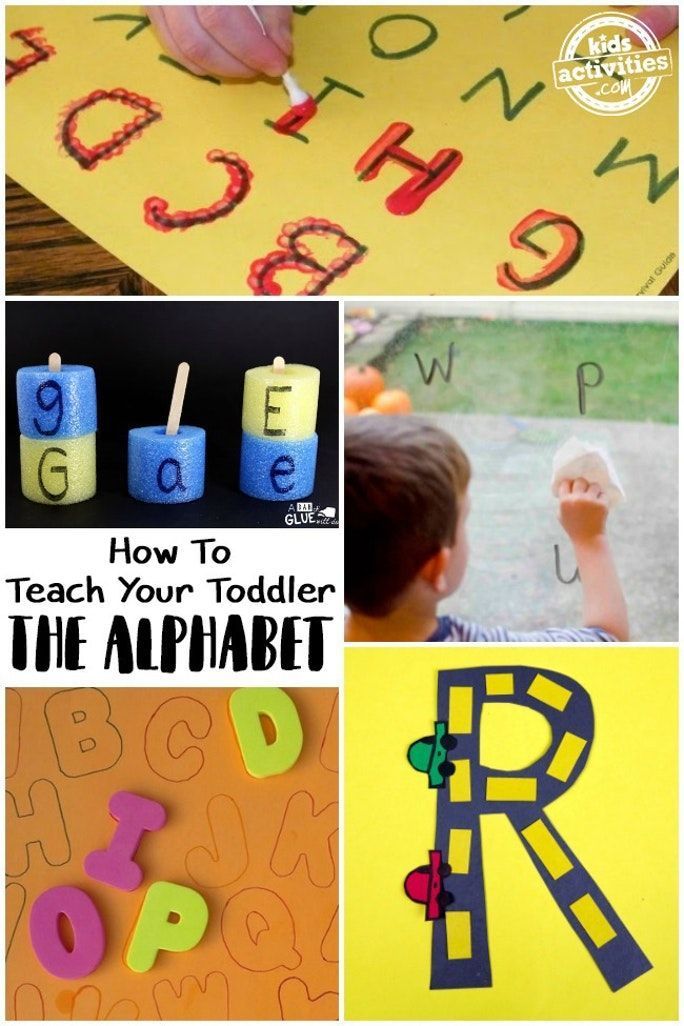 The technique is really very effective and simple. Any mom will do.
The technique is really very effective and simple. Any mom will do.
4 . Consonants are best taught after vowels.
5. Name the sounds, not how the letter is pronounced in the alphabet.
Why is it important to learn 10 vowels well?
Practice shows that children who read poorly stumble because they forget how to read vowels. So that the child does not “stumble” while reading, take your time learning the letters. At the initial stage, pay attention to the vowels: how they are pronounced, how they look in writing. And only after that go to the consonants. nine0003
How to teach a child the alphabet at 3-4 years old
If you decide to teach your child the letters at 3 years old, remember that nothing can be done by force, only games, only entertaining exercises and NO FORCE. These recommendations are relevant for any age, because you do not want to develop a reluctance to study and go to school in the future.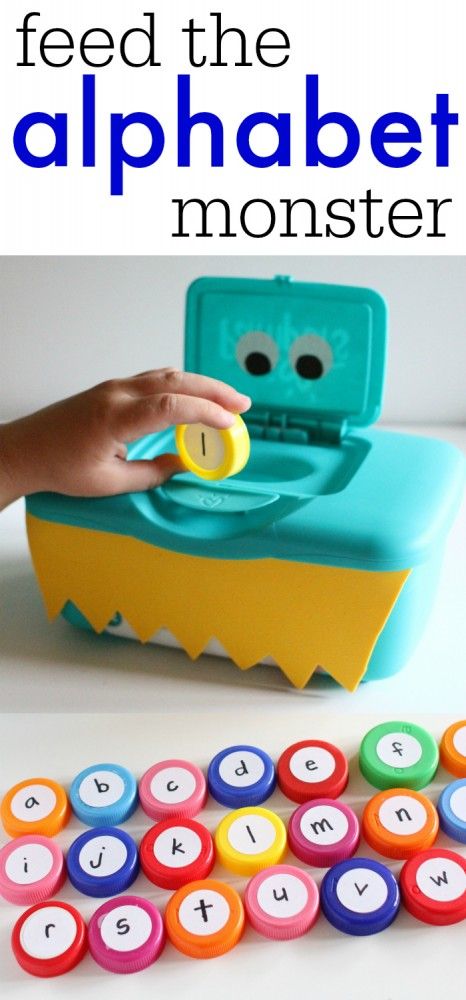
- Don't expect your child to memorize many letters at once. Do not aim to learn the entire alphabet, it will take time.
- Twice a week give your child new material, and on other days repeat and reinforce what has been learned. nine0016
- With a child of 3-4 years old, it is enough to do 2-7 minutes a day.
- Learn vowels in pairs, so it will be easier for the child to remember: A - I, O - E, U-Yu, Y - I, E - E.
- Before introducing the child to consonants and starting to learn to read, make sure that the knowledge of all vowels is brought to automatism.
How to learn consonants: a game method
There are many more consonants than vowels. It will take more patience, effort and time to study them. But everything will work out if you strictly follow the recommendations and take your time. nine0003
Prepare a table. Each table has six rows. In the top line, write or print hard consonants in blue, soft consonants in green.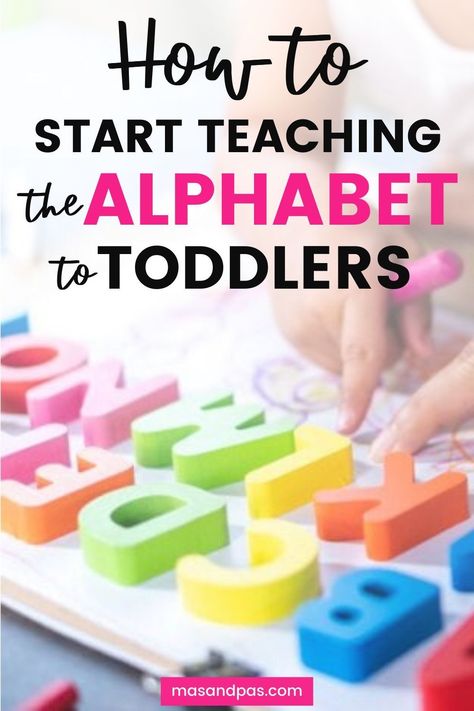 In the rest of the lines, write short open syllables.
In the rest of the lines, write short open syllables.
|
|
|
|
|
|
- Together with your child, sing songs of vowel sounds: in a rough low voice A, O, U, Y, E and a high thin voice Ya, Yo, Yu, I, E.

- Clearly pronounce the consonants in the top line of the table. In each lesson, work with 6 tables. nine0016
IMPORTANT! Make sure that the child and you yourself pronounce the consonants clearly, so that after them no extraneous vowels are heard Ы or I. E if the child gets used to speaking D s, C s instead of pure sounds D 9000, 50006 , then it will be incorrect to read.
The most difficult thing is to pronounce pure sounds B, C, D, D; B, B, G, D . The rest are easier, especially the deaf.
Teach a child to pronounce correctly Z and 3b, for example, very simple. Ask your child: “How big is a mosquito buzzing? Z-Z-Z. No, not Z s, but Z-Z-Z! Mosquito cannot speak Z s, he does Z-Z-Z . And how does a small mosquito buzz? 3b-3b-b .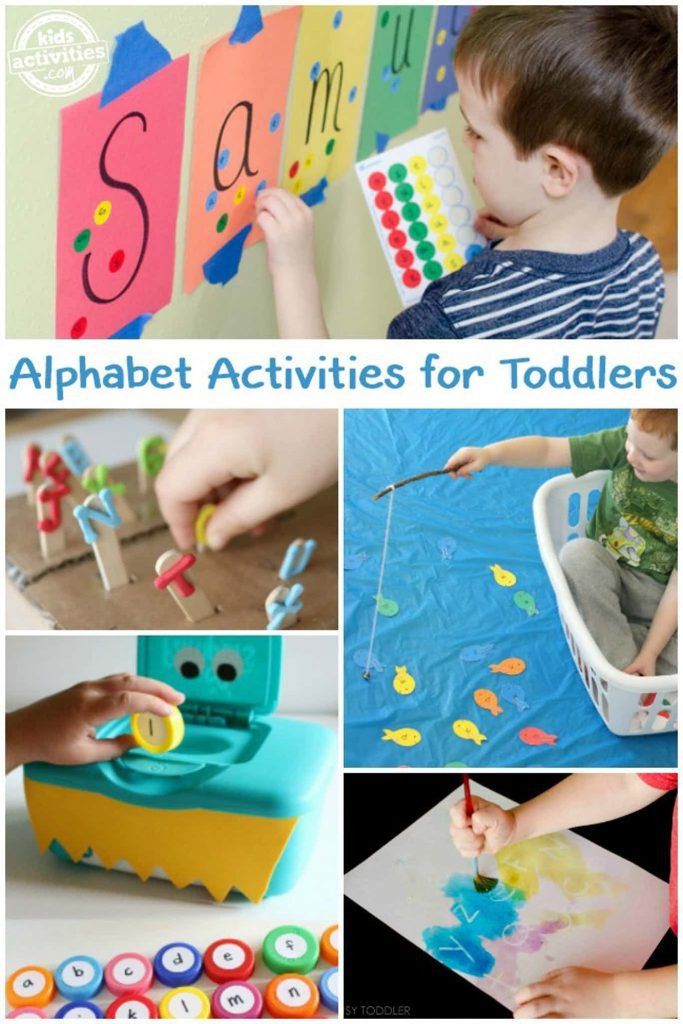 Mosquito cannot speak Z and, he does 3-3-3 . This is how we call these letters: З-З-З and ЗЗ-ЗЗ-З ".
Mosquito cannot speak Z and, he does 3-3-3 . This is how we call these letters: З-З-З and ЗЗ-ЗЗ-З ".
- Sing the syllables in the same way as you did with the vowels. nine0016
- Show the child the letter b in the tables and say that it is called a "soft sign". Remind him of her name from time to time.
The letter b does not indicate a sound, but only INDICATES the softness of the consonant.
- Write on a separate card. Name what this sound sounds like. Give examples of words that begin with this sound: iodine, yogurt, yogi.
The very name of the letter “ AND short” the child will learn later when he learns the alphabet. Remind your child of this letter from time to time by SPEAKING IT. nine0003
- Go back to these charts several times a day and sing the words together with your child.
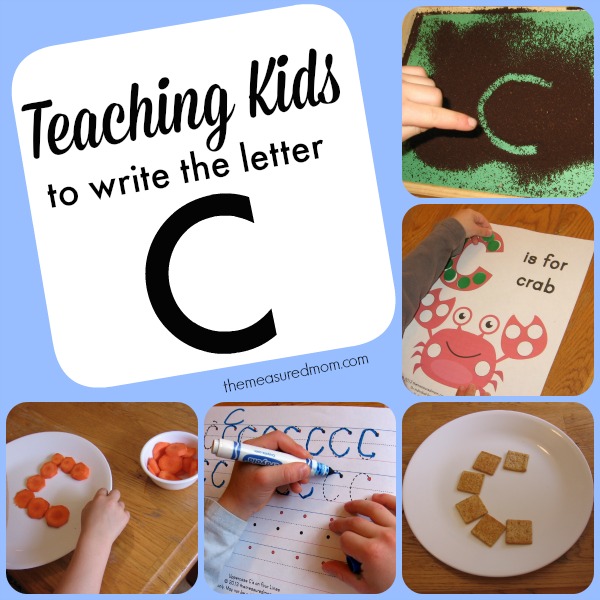 Do it regularly.
Do it regularly. - When you see that the child is doing everything right, replace 2 tables with two new ones.
|
|
The procedure is the same. Sing all 6 tables daily with your child.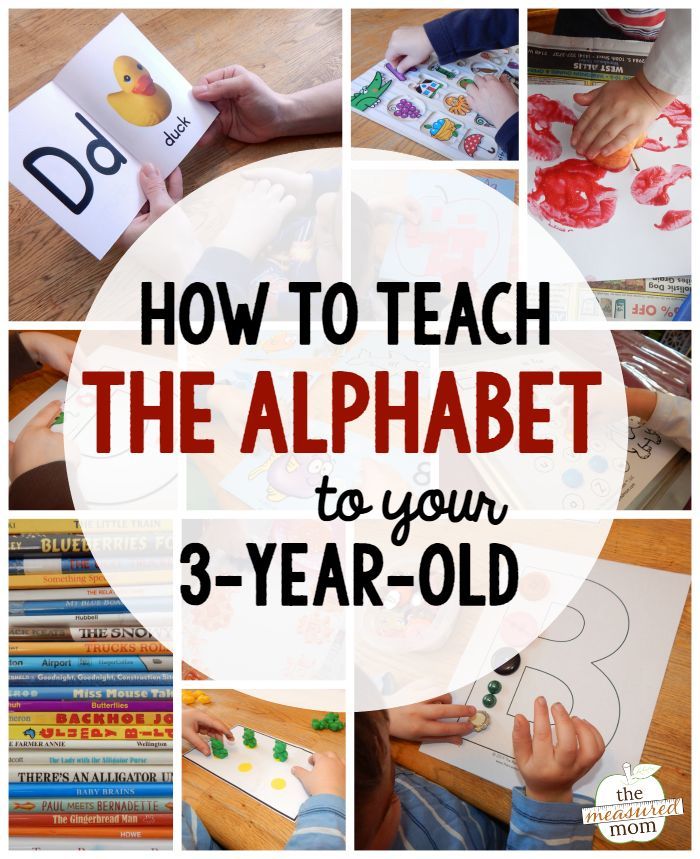 As a result, the child will repeat the old letters and learn 2 new letters. nine0003
As a result, the child will repeat the old letters and learn 2 new letters. nine0003
- Again, replace 2 tables with two new ones, and so on.
If you stick to the plan “new twice a week, repeat the rest of the day”, your child will learn 32 letters of the Russian alphabet in a month. With b you will introduce the child later when he starts to read and meets this letter in words.
IMPORTANT! The Russian language has twin sounds and warehouses: Zh-Zh, ZHO-ZhO, SH-SH, SHO-SH, Ch-CH, CHO-CH, SH-SCH, SCHO-SCHO, TSY-TSI . They are spelled differently, but they sound the same! Be sure to bring this to your child's attention. nine0003
How to teach a child the alphabet at 5-6 years old
The age of 5-6 years old is the best for learning the alphabet and learning to read. It is better when the child goes to school prepared. It is IMPORTANT only to prepare it correctly so that the teacher does not have to retrain, and the child does not have to suffer because of the inept actions of the parents or the compassionate grandmother who wanted "the best".